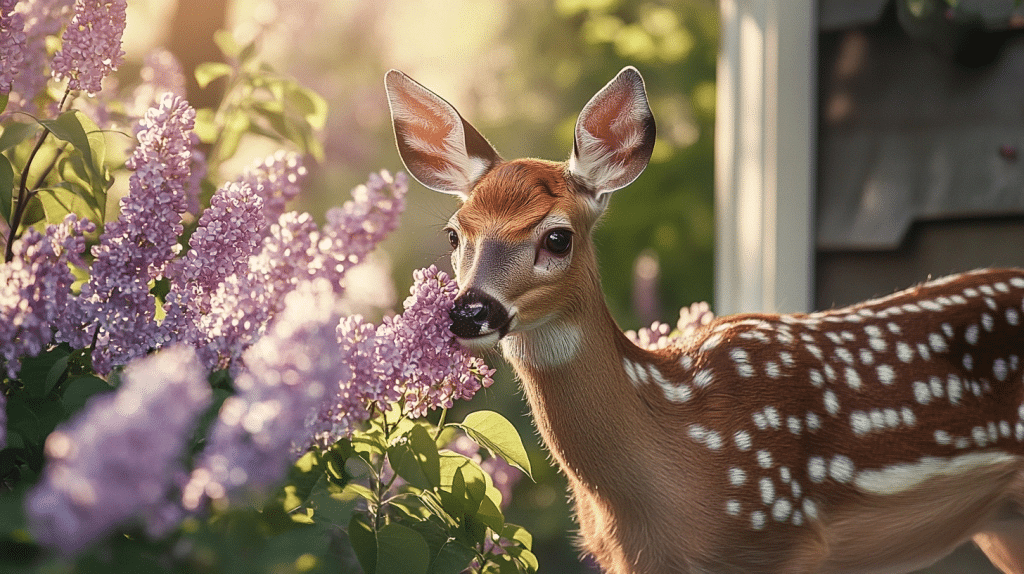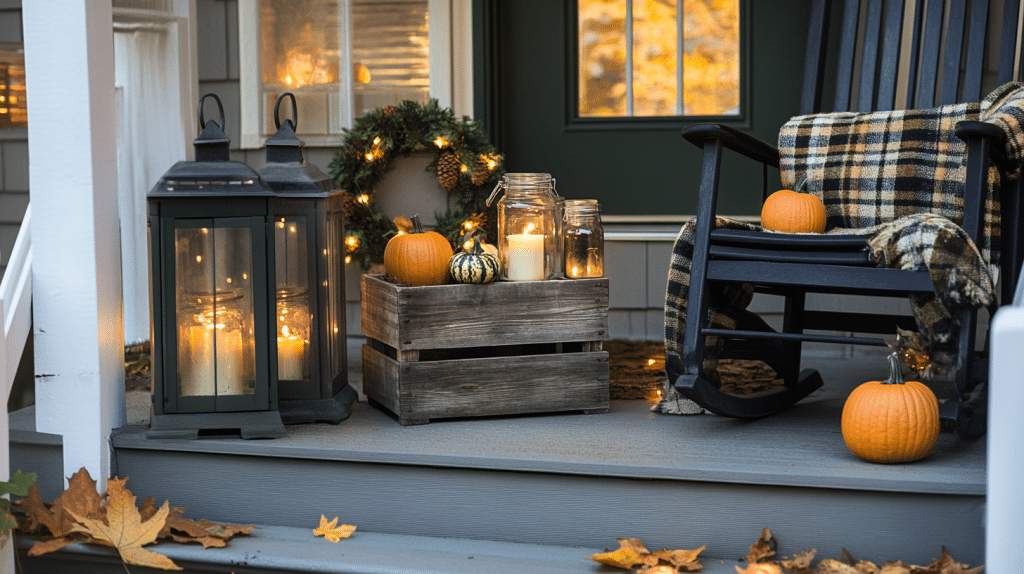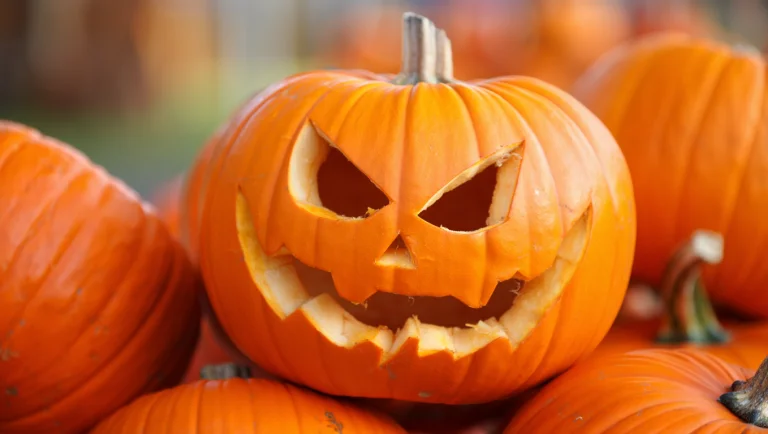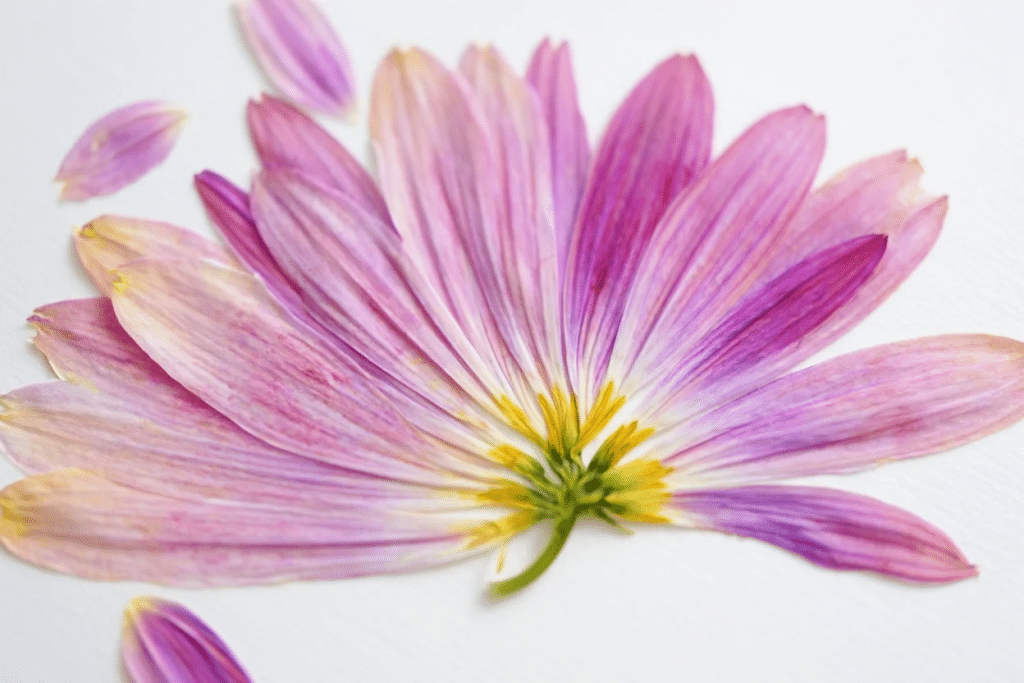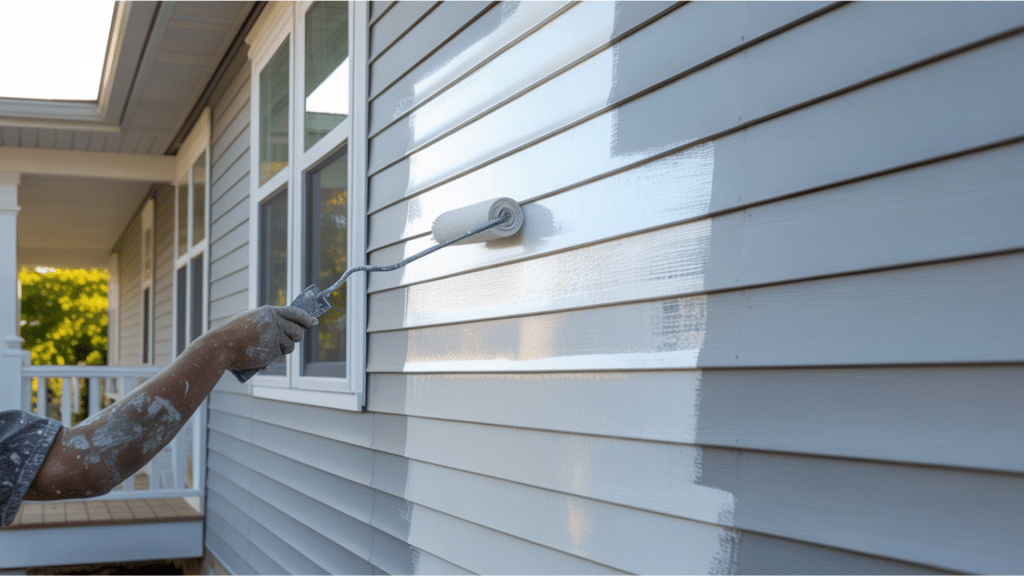Deer Browsing Habits: Do Deer Eat Lilacs?
Most of the time, though, lilacs aren’t a deer’s first choice, and damage is seldom severe. Although if deer are hungry or if they’re looking for food, they may eat lilacs.
Deer are natural browsers, meaning they graze on a wide variety of plants, including leaves, twigs, and buds, and their preferences often shift with the seasons and food availability.
When it comes to lilacs, the good news for gardeners is that these shrubs are generally considered deer resistant; deer tend to avoid them, likely due to their strong fragrance and taste.
How Deer Affect Lilacs: Signs and Damage
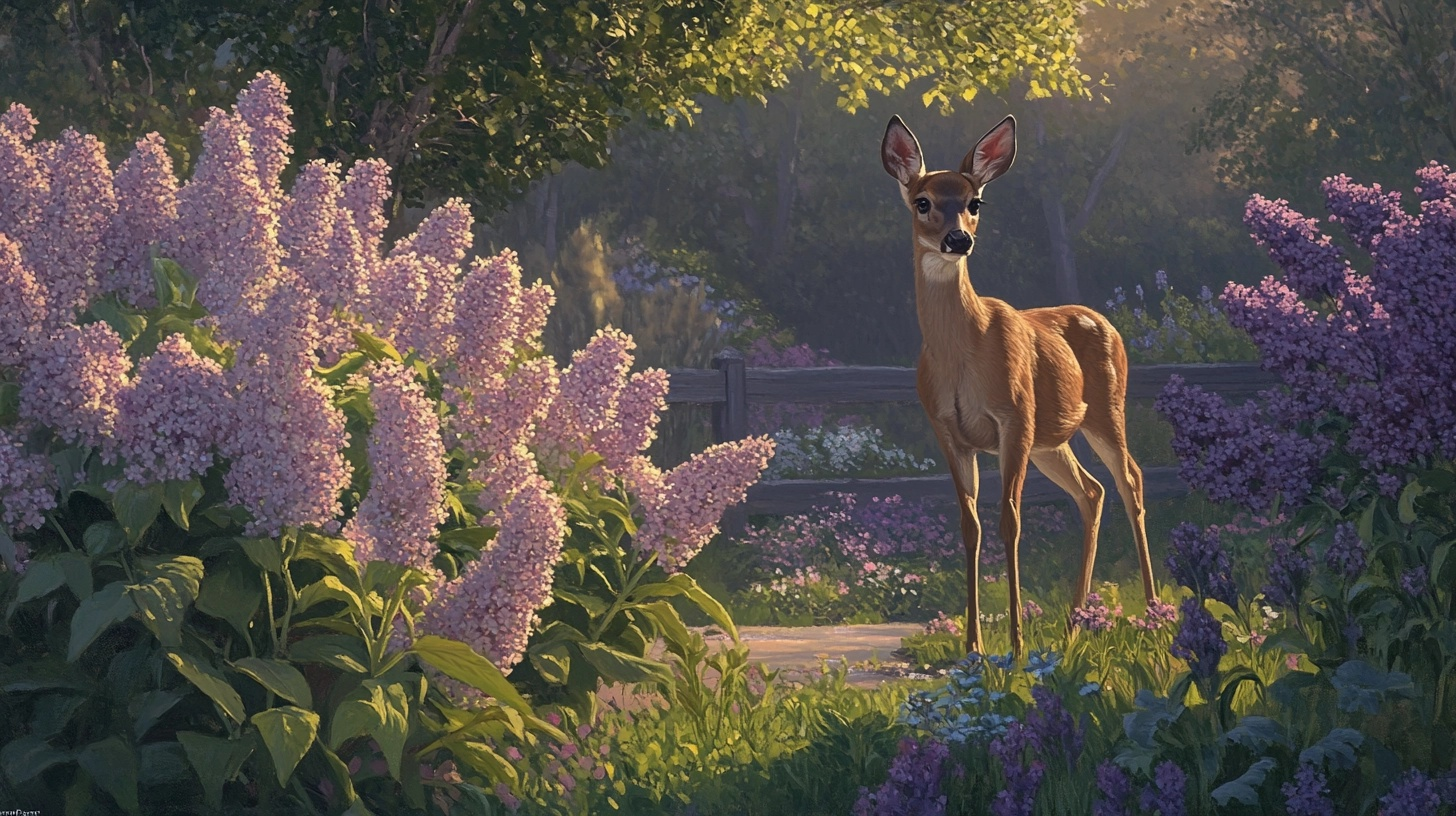
Deer might not always target lilacs, but when they do, the signs are usually easy to spot. Whether it’s a few nibbled leaves or more serious damage, knowing what to look for can help you take action early.
Here are ways you can get the answer to your question: Do deer eat lilacs?
1. Ragged Leaf Edges
Deer don’t have upper front teeth, so they tear leaves rather than snipping them cleanly. If you notice lilac leaves with jagged, uneven edges, it’s a classic sign of deer browsing.
This type of damage is most common in spring when new growth is tender and more appealing to hungry deer searching for easy meals.
2. Missing Buds and Shoots
Deer love tender, young shoots and flower buds. If you find that the tips of your lilac branches are missing or stripped, deer are likely the culprits.
This kind of browsing can stunt the plant’s growth and reduce the number of blooms you’ll see later in the season, impacting your lilac’s overall appearance.
3. Broken Branches
Sometimes, deer will break branches as they reach for tasty shoots or try to pull the plant closer. Look for snapped or bent stems, especially on younger lilac bushes.
Broken branches not only look unsightly but can also make the plant more vulnerable to disease and reduce its ability to flower and grow.
4. Trampled Soil and Compacted Roots
Deer are heavy animals, and repeated visits can compact the soil around your lilacs. Compacted soil makes it harder for roots to breathe and absorb water, which can stress the plant.
You might notice wilting or slow growth as a result, even if the leaves and branches look relatively untouched by direct browsing.
5. Scattered Droppings
One of the telltale signs of deer activity is the presence of small, pellet-like droppings near your lilacs. While droppings themselves don’t harm the plants, their presence is a sure indicator that deer are visiting your garden.
Spotting them early can help you take steps to protect your lilacs before significant damage occurs.
6. Reduced Flowering
When deer eat the buds and new shoots, your lilac’s flowering potential drops. You might notice fewer blossoms or even entire branches without flowers.
This not only affects the beauty of your garden but can also impact the plant’s health over time, as repeated browsing weakens the shrub.
7. Repeated Damage Patterns
If you notice the same type of damage reappearing each season, deer have likely made your lilacs a regular stop. Consistent browsing can lead to stunted growth, poor flowering, and an overall decline in plant health.
Recognizing these patterns early allows you to intervene and protect your lilacs more effectively.
Are Lilacs a Good Choice for Deer-Prone Areas?
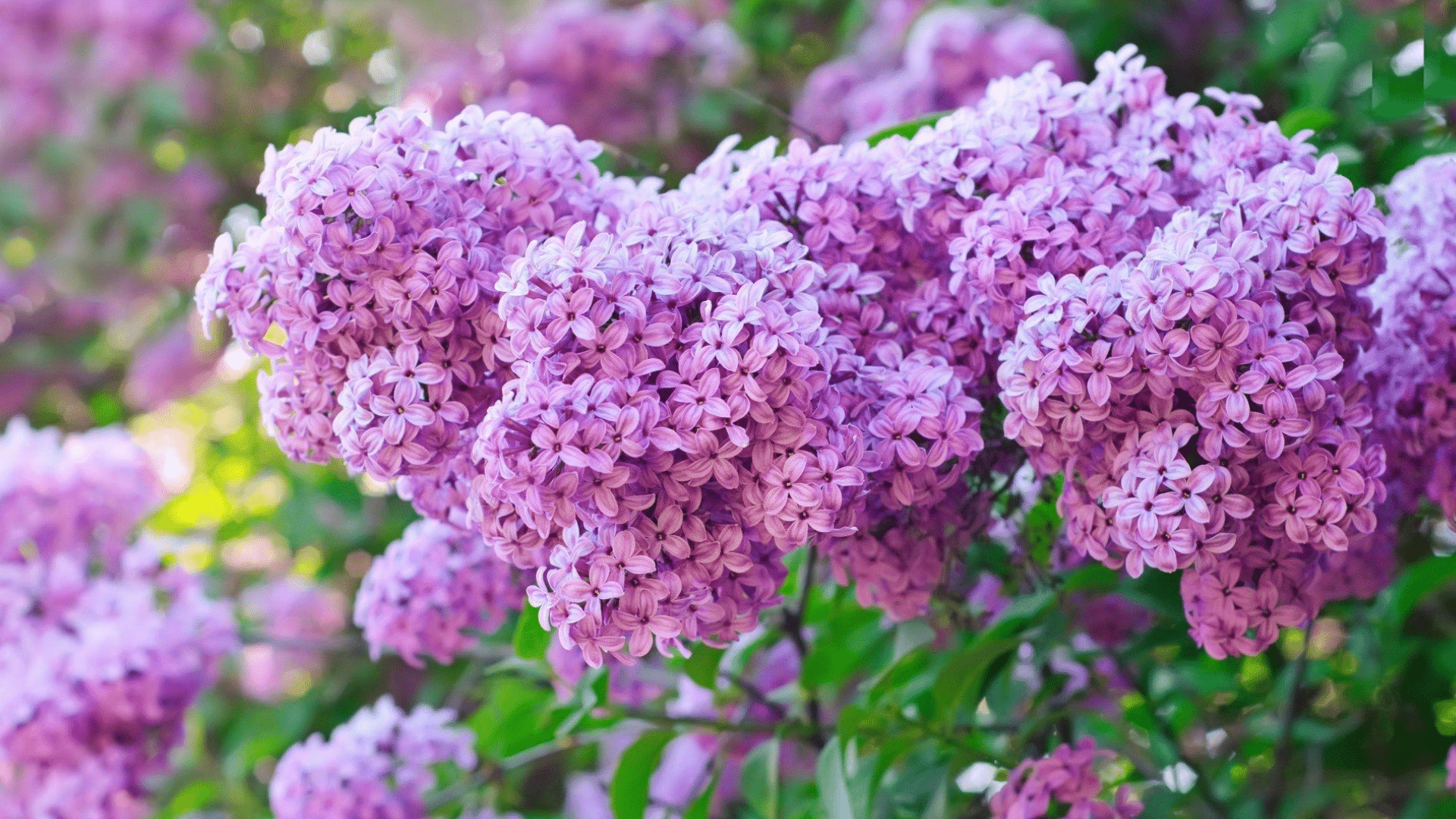
Lilacs are a strong choice for deer-prone areas because they’re widely recognized as deer-resistant shrubs.
Deer tend to avoid lilacs thanks to their strong fragrance and slightly bitter taste, making them less appealing than other garden favorites like hostas or daylilies.
However, “deer-resistant” doesn’t mean deer-proof food is scarce; deer may still nibble on tender new shoots, especially in early spring. Most of the time, damage is minor and lilacs bounce back quickly, as they’re hardy and resilient plants.
For best results, combine lilacs with other deer-resistant plants and use repellents or barriers during the first few weeks after planting. This approach helps ensure your lilacs grow, even where deer are common.
Effective Strategies to Protect Lilacs from Deer
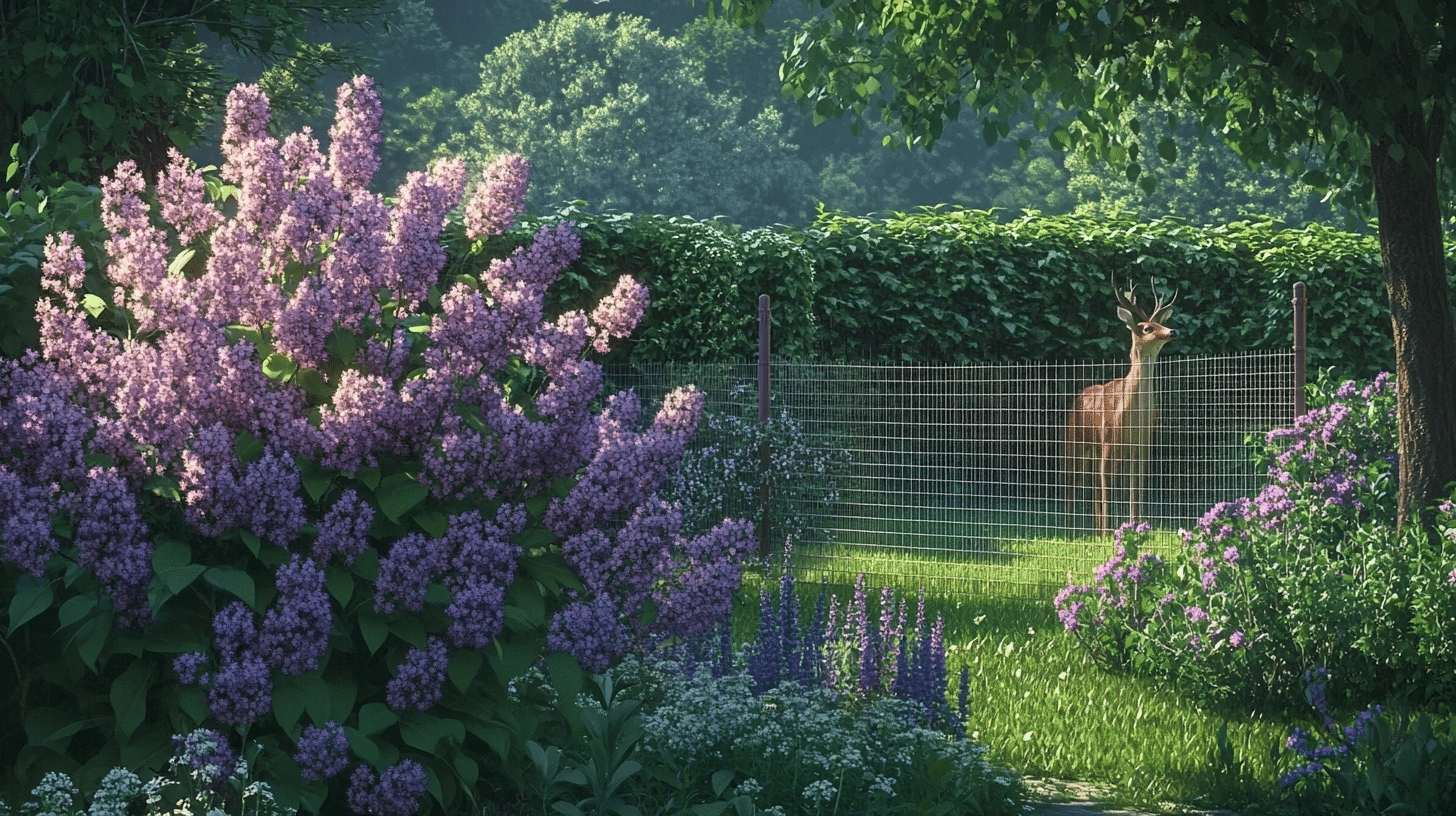
Now that we have the answer to do deer eat lilacs, lets look at effective strategies to protect your lilacs. Keeping deer away from your lilacs doesn’t have to be a losing battle. With a few smart strategies, you can help your shrubs grow, even in areas where deer are common visitors.
Here are practical ways to protect your lilacs and keep them looking their best all season long:
1. Install Physical Barriers
Fencing is one of the most reliable ways to keep deer out. A sturdy fence at least 7 to 8 feet tall can effectively block deer from reaching your lilacs.
For smaller gardens, try using mesh or netting around individual plants. Make sure the barrier is secure at the bottom, as deer are known to nudge under loose edges.
2. Use Deer Repellents
Spray-on deer repellents can deter browsing by making lilacs taste or smell unpleasant. Choose a product labeled for ornamental shrubs and reapply after rain or heavy dew.
Alternate between different brands or formulas every few weeks, as deer can become accustomed to a single scent or flavor over time.
3. Plant Deer-Resistant Companions
Surround your lilacs with plants that deer dislike, such as lavender, daffodils, or Russian sage. These aromatic and often unpalatable plants can act as a natural deterrent, making the area less attractive to deer.
A mixed border not only protects your lilacs but also adds color and texture to your garden.
4. Apply Homemade Remedies
Some gardeners swear by homemade deterrents, like hanging bars of soap, human hair, or bags of garlic near lilacs. While results can vary, these methods are inexpensive and easy to try.
Replace or refresh them regularly, as their effectiveness fades over time, and deer may adapt to persistent odors.
Deer-Resistant Flowers for Your Garden
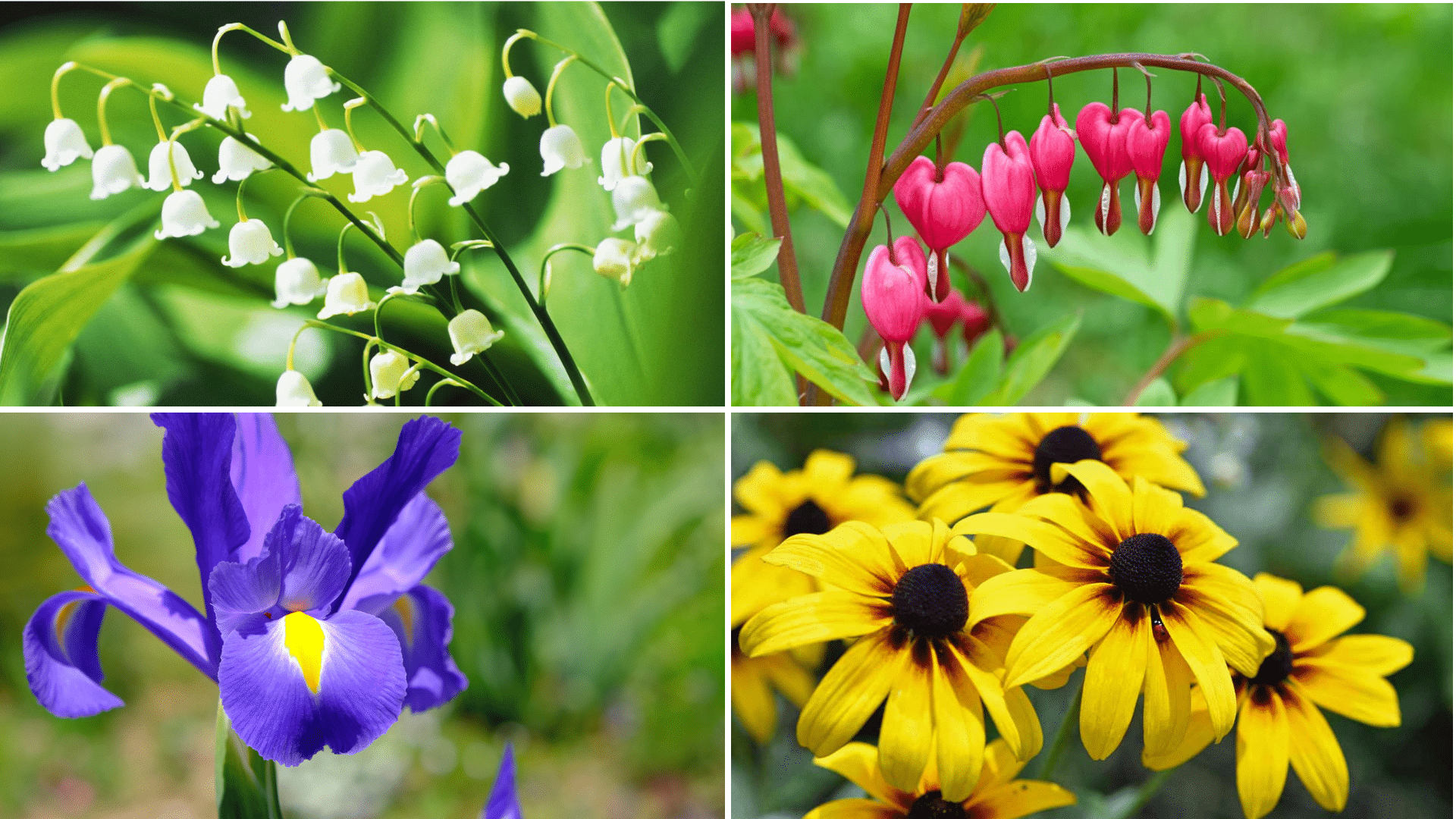
Creating a deer-resistant garden takes planning and knowledge of plant options. While no plant is 100% deer-proof, many flowers are less tasty to deer due to their scent, texture, or flavor.
If you are confused about lilacs, after getting the answer to do deer eat lilacs, then these flowers work well alongside lilacs to create a garden that deer tend to skip:
- Lavender: Strong scent repels deer
- Daffodils: Toxic to deer, rarely eaten
- Foxglove: Contains compounds that deer avoid
- Russian Sage: Aromatic foliage deer dislike
- Bleeding Heart: Bitter taste deters browsing
- Yarrow: Fuzzy leaves and strong scent
- Peony: Deer typically pass these by
- Iris: Rarely bothered by deer
- Allium: Strong onion smell keeps deer away
- Black-eyed Susa: Rough-textured deer avoid
- Lily of the Valley: Toxic properties make it safe from deer
The Bottom Line
After learning about deer and lilacs, I hope you feel better prepared to protect your garden.
Remember that hungry deer will eat almost anything, but with the right strategies, your lilacs can stay mostly intact.
Try combining several methods for the best results: spray repellents when new growth appears, add physical barriers during peak browsing seasons, and consider planting strongly-scented herbs nearby.
Next time you spot deer near your lilacs, you’ll know exactly what to do, and your plants will thank you for it.


